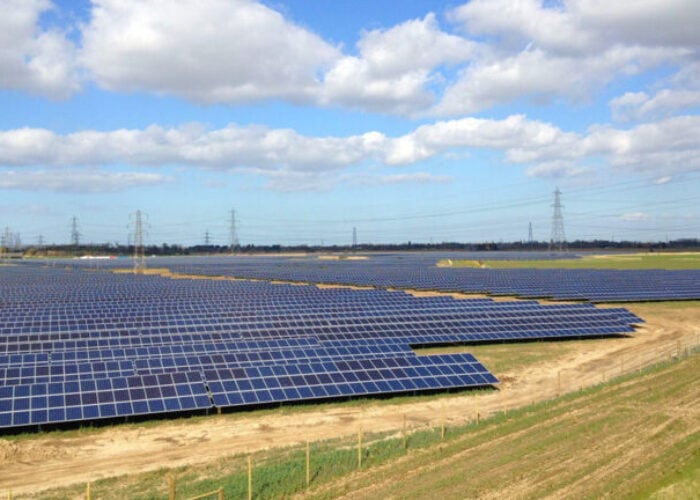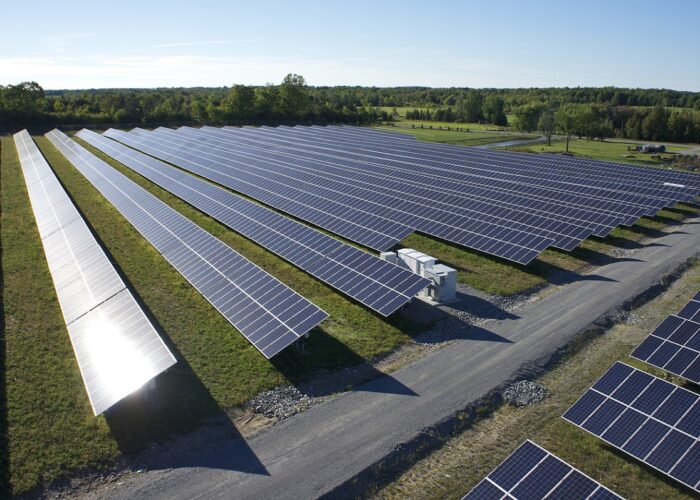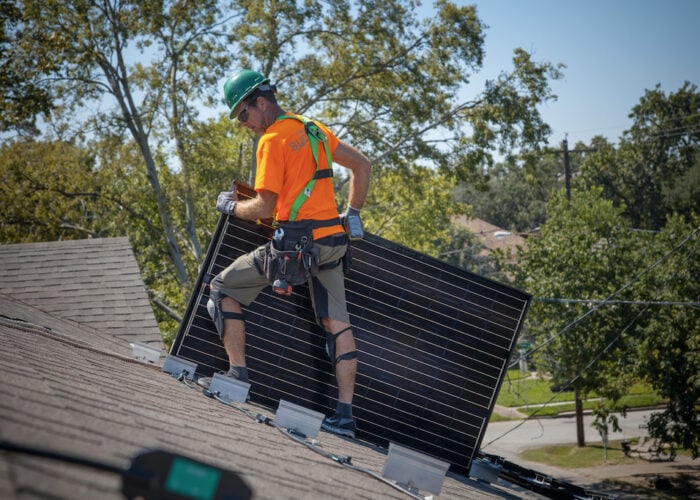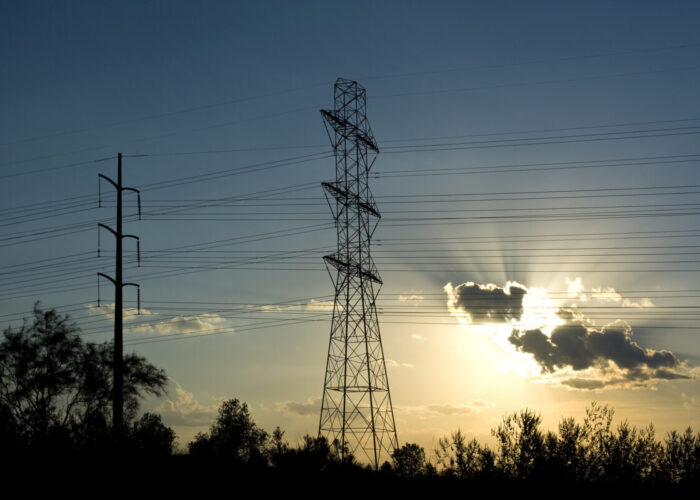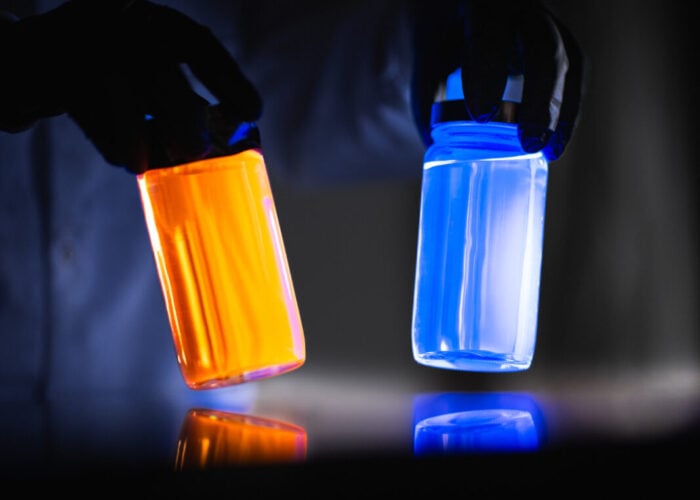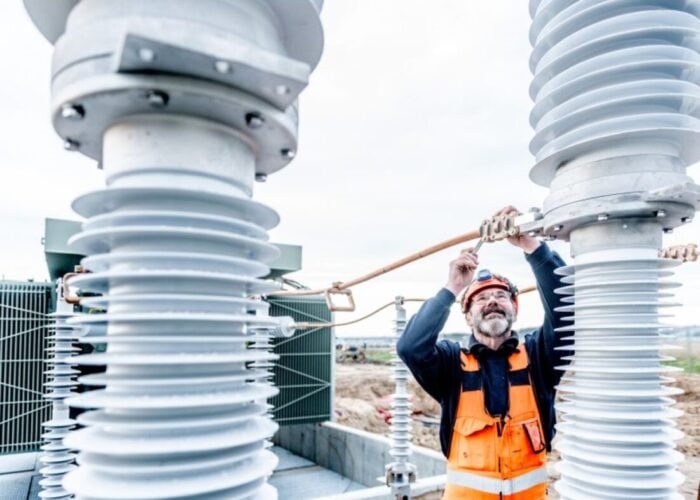A trio of companies is attempting to reduce the waste caused by wafer-sawing processes by growing crystalline silicon on relatively cheap foil. NREL has teamed up with DOE's Oak Ridge National Laboratory (ORNL) and c-Si thin-film technology company Ampulse with the aim of lowering the cost of solar panels.
The teams will use a chemical vapour deposition (CVD) process to grow high-quality silicon in thin layers on a metal foil developed by ORNL. Ampulse will design a full-scale production line that will support the long rolls of metal foil necessary to ensure the technology’s cost-effectiveness and will install the line in NREL's Process Development Integration Laboratory (PDIL).
Unlock unlimited access for 12 whole months of distinctive global analysis
Photovoltaics International is now included.
- Regular insight and analysis of the industry’s biggest developments
- In-depth interviews with the industry’s leading figures
- Unlimited digital access to the PV Tech Power journal catalogue
- Unlimited digital access to the Photovoltaics International journal catalogue
- Access to more than 1,000 technical papers
- Discounts on Solar Media’s portfolio of events, in-person and virtual
Today’s c-Si technology manufacturing process involved huge levels of wastage, as around half of the refined silicon is lost as dust in the wafer-sawing process. Furthermore, the wafer-sawing process can render incompatible as many as 6,000 wafers from a 2m boule of silicon. Wafers cut in this way are usually close to 10 times thicker than they need to be in order to convert the maximum amount of sunlight to electricity.
The Ampulse process does not require the creation of a feedstock, but works directly with the silane to grow the desired amount of silicon directly onto the foil substrate.
“[The process] goes straight from pure silicon-containing gas to high-quality crystal silicon film,” says Brent Nelson, operational manager for the PDIL at NREL. “The advantage is you can make the wafer just as thin as you need it — 10 microns or less.”
Further information on the collaborative effort is available here.

